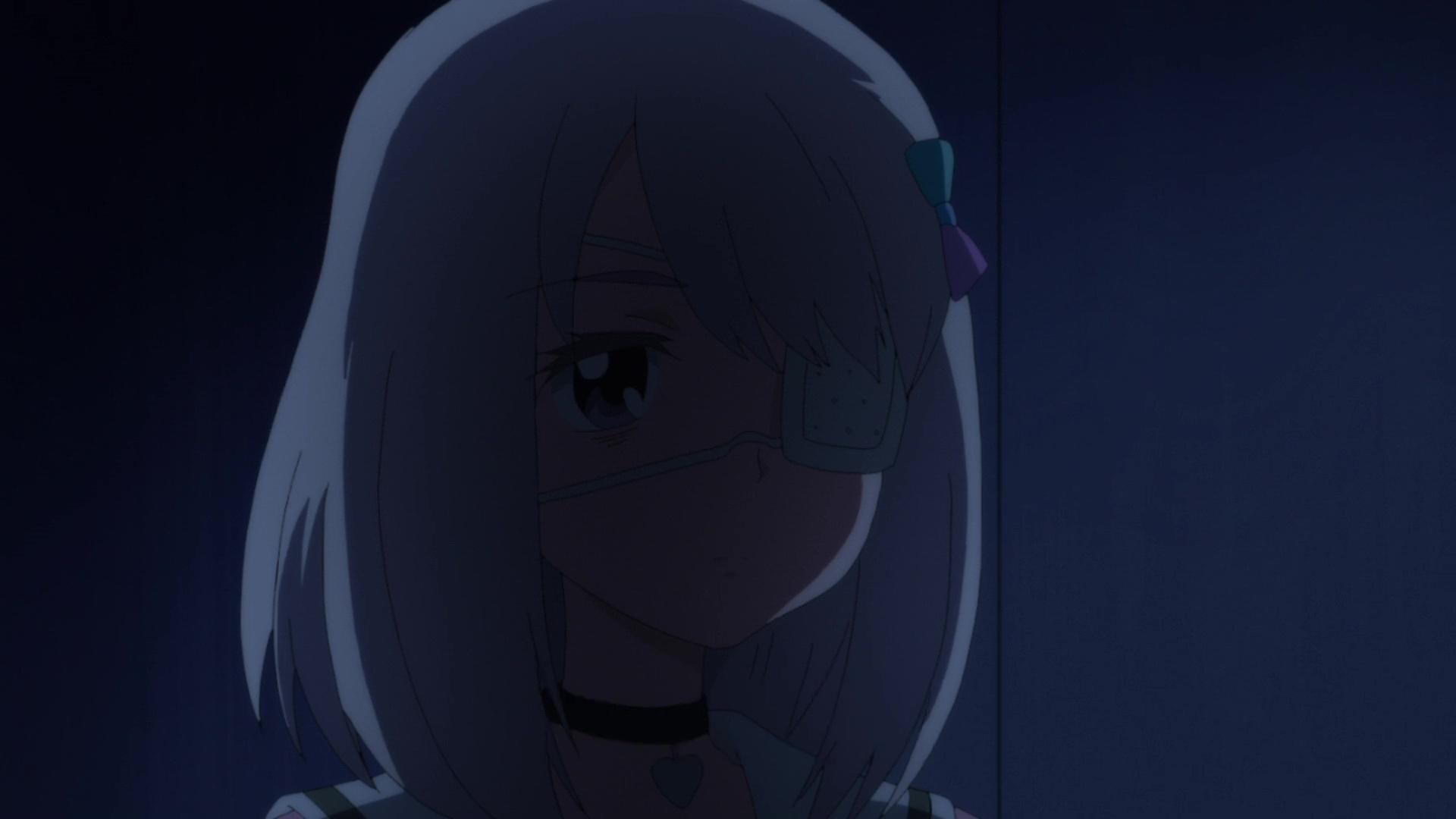
: 6 In the following years, other studios besides Toei began producing magical girl anime series, such as Magical Princess Minky Momo (1982) and Creamy Mami, the Magic Angel (1983), the latter of which was the first installment of Studio Pierrot's Magic Girl Series. In 1980, Toei released Lalabel, the Magical Girl, the first instance of the term " mahō shōjo (magical girl)" being used. 1980–1989: Transition from majokko to magical girl Coinciding with the influence of the women's liberation movement in Japan, magical girls began displaying a "certain coquettishness" in the 1970s.

Megu-chan has been noted in particular for its portrayal of multiple magical girls and the friendship between girls. "little witch") for the genre, especially with Mahōtsukai Chappy (1972) and Majokko Megu-chan (1974). This popularized the term majokko ( 魔女っ子, lit.
Magical girl site trailer series#
Toei Animation produced most of the magical girl series of the 1970s, collectively known as the Majokko Series. : 78 This anime adaptation introduced the idea of using a compact to transform, a characteristic that is still present in modern series in the genre. Its 1966 anime television adaptation produced by Toei Animation, is regarded as the first magical girl anime. : 8 Sally the Witch followed in 1966, with a concept inspired by the American sitcom Bewitched. Himitsu no Akko-chan (1962), serialized in the shōjo manga magazine Ribon, is credited as the earliest magical girl manga series. Genre history Part of a series onġ953–1971: Early magical girl works ĭespite no presence of magic, the manga series Princess Knight (1953) is seen as a prototype for the magical girl genre, as it set forth the appeal of girls who transform to do things they normally cannot perform. The growth of late-night anime in the early 2000s led to a demographic shift for the genre, where series with more mature themes such as Puella Magi Madoka Magica (2011) were created and marketed towards an older male audience.

In the 1990s, Sailor Moon introduced the concept of a "transforming heroine" who fights against forces of evil, a synthesis of elements from tokusatsu hero shows that became a staple for magical girl series that followed. In the 1980s, the term was largely replaced by "magical girl", reflecting the new popularity of shows produced by other studios, including Magical Princess Minky Momo and Creamy Mami, the Magic Angel. "little witch") being used as a common term for the genre. A wave of similar anime produced in the 1970s led to majokko ( 魔女っ子, lit. The genre emerged in 1962 with the manga Himitsu no Akko-chan, followed by Sally the Witch in 1966.

Magical girl ( Japanese: 魔法少女, Hepburn: mahō shōjo) is a subgenre of primarily Japanese fantasy media (including anime, manga, light novels, and live-action media) centered around young girls who possess magical abilities, which they typically use through an ideal alter ego into which they can transform. Wikipedia anthropomorph Wikipe-tan as a majokko, the original magical girl archetype For the Spanish film, see Magical Girl (film).


 0 kommentar(er)
0 kommentar(er)
